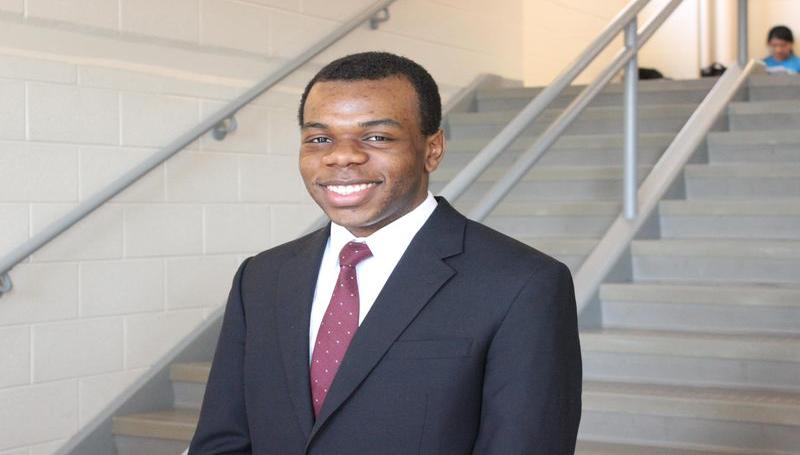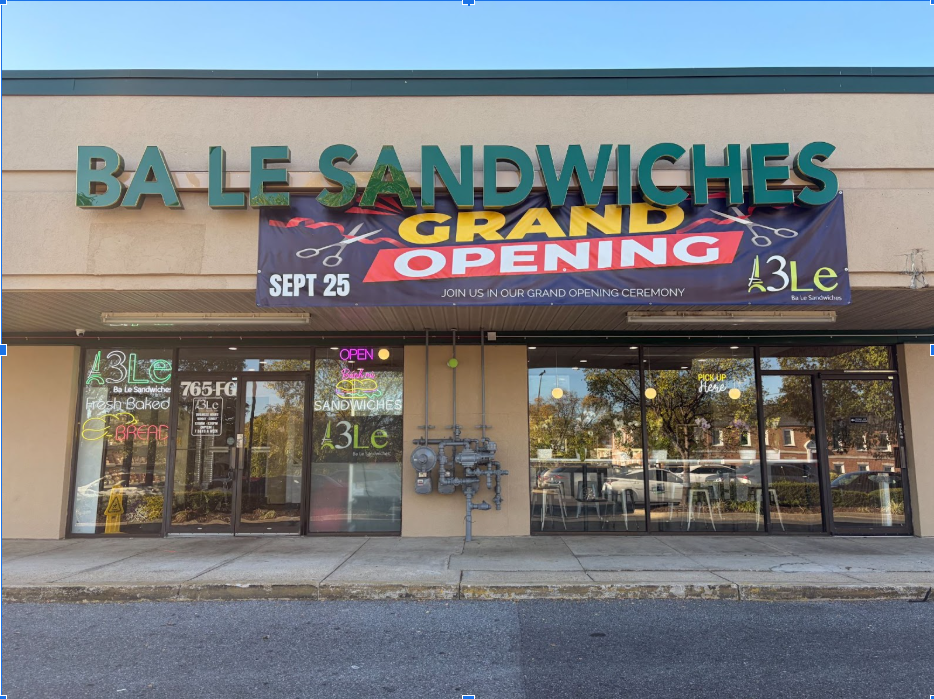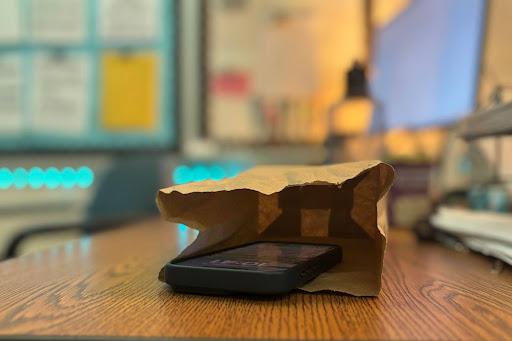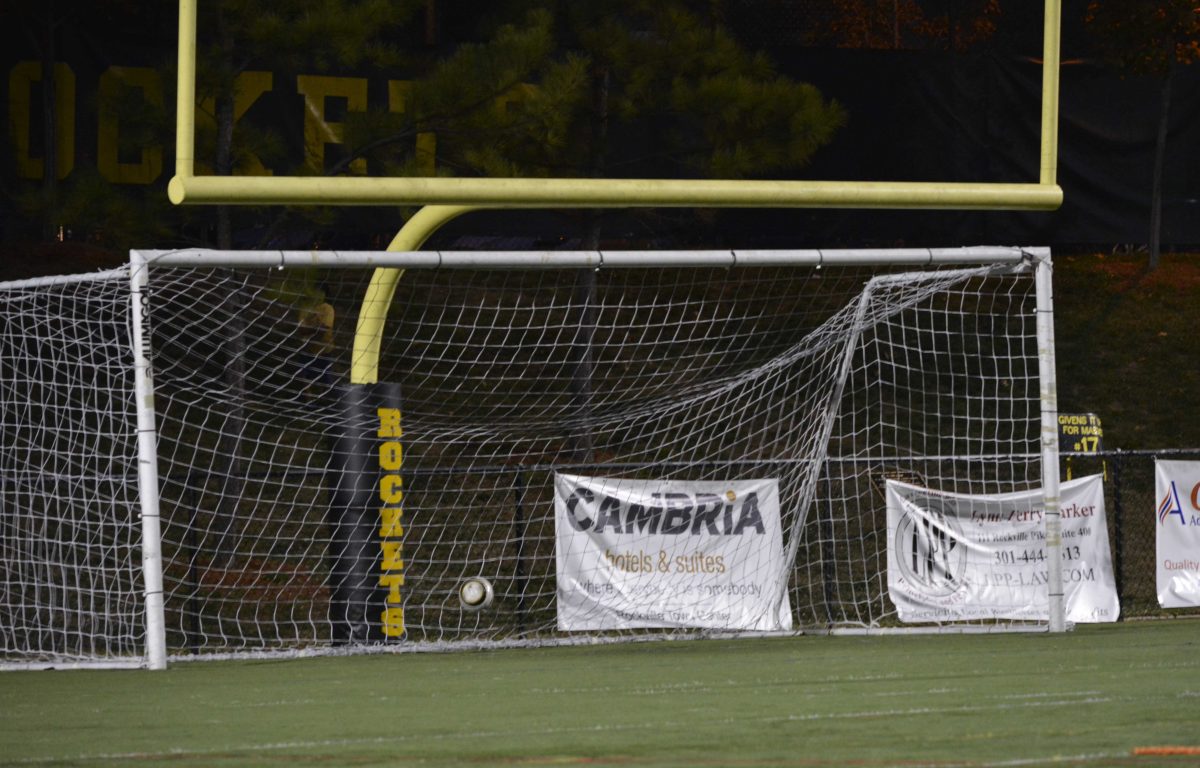Simultaneous with all the hype surrounding Montgomery County Student Member of the Board (SMOB) candidates for 2017, the Maryland State 2017 SMOB is currently also in the process of being selected. Veeraj Shah, a student in Anne Arundel County, as well as one of Montgomery County’s very own, David Edimo of Richard Montgomery High School, are in the final stages of the process to possibly becoming the next state SMOB.
While generally not as well-known to Montgomery County students as the County SMOB, State SMOB is just as important to our education system. The Montgomery County Board of Education (BOE) tends to focus more on issues directly affecting local students, whereas the Maryland BOE sets broader guidelines and policies. Both are vital to the advancement of students in our county.
The process begins with applications by prospective state SMOBs, which are then reviewed by their respective high schools. Each school is limited to nominating only one candidate. This year, 12 students chosen via this application process were then narrowed down to five semi-finalists following an interview stage. After running campaigns at the Maryland Association of Student Councils (MASC) on February 6, two finalists from those five were elected by students at the legislative session.
Shah was actually disqualified midway through the SMOB election process for allegedly violating the election rules. However, the disqualification was later overridden and he was permitted to continue his candidacy.
As for Edimo, the long journey to the election has been filled with both highs and lows as well. Currently the president of the Montgomery County Regional Student Government Association (MCR-SGA), Edimo juggles his SMOB campaign with directing an executive board of about 30 MCPS student officers and leading general assemblies of around 200 students every month.
However, despite the hard work it may take, Edimo claims that being MCR president has built up valuable experience and is a worthwhile capstone to six years in county student government–something that has the potential to distinguish him from the other finalist when being considered for SMOB.
“I came in with consistency and experience, I believe,” he said. “I came in with a wealth of experience and a consistent platform that revolves around empowering families with students to make choices that work best for them, and local communities to make choices that work best for them.”
For Edimo, a large focus is placed on the importance of school choice and having both innovation and accountability in schools, not just one or the other. “I think we need to streamline the process of establishing charter schools in our state. Right now, we have 870,000 students in our state. There are only 47 charter schools which serve only 18,000 students,” he explained. “I think we need to expand it; we need to make it easier to establish a charter school.”
“[Charter schools are] something that our state is lacking as compared to other states in the U.S. and it shows that David acknowledges all types of students with different learning preferences,” said MCR-SGA member and RM sophomore class secretary Esika Savsani in praise of Edimo’s platform.
He has also expressed concern for the achievement gap and building up mental health support structures for students throughout the state.
Edimo hopes for an opportunity to truly relay his goals to the Board and help create policy that will support his platform. But no matter what happens, he is thankful to have come this far in the selection process. “I’m really honored that the students at legislative sessions thought that I was qualified enough to be a finalist for State SMOB,” he said. “I think that it was a really great group [of candidates] and that any one of us would [make] a great Student Member of the Board.”
The final decision for state SMOB will be made in May by Maryland governor Larry Hogan.













